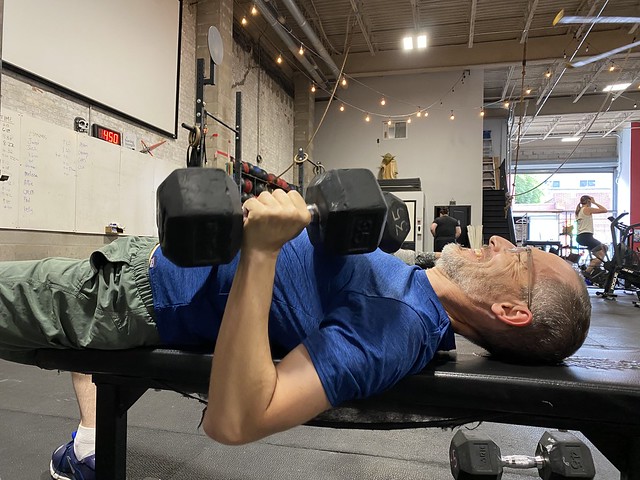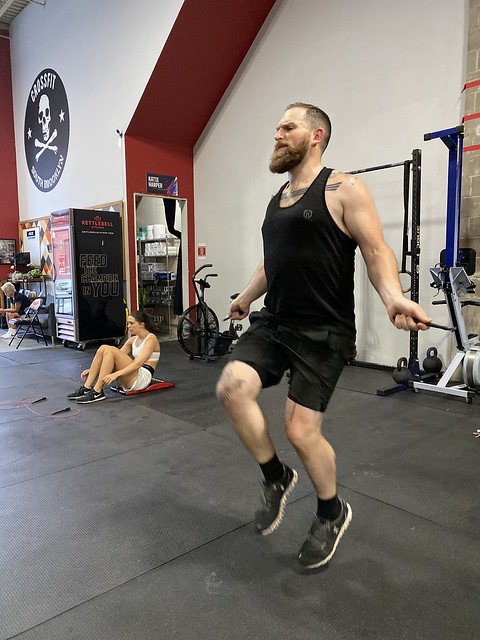Today’s Programming
STRENGTH
E2MOM 16:00
Hang Power Clean + FSQ + Split Jerk
Notes
Perform 8 total work sets of the complex every 2 minutes working up to a heavy but technically sound complex.
METCON
3 Intervals of:
270m Farmer’s Carry
500m Row
Notes
Rest as needed between rounds. Go heavy on the Farmer’s carries and then even harder on the row. There is a 20-minute cap on completing the three intervals
CrossFit Group Class Programming Template

Greetings from Makhimba! A month or two after we reopened Makhimba booked a one-way ticket to Hawaii and has been happy on the island ever since. She recently sent us this pic of her training at CrossFit Oahu with friend of CFSBK, Bryant P!





